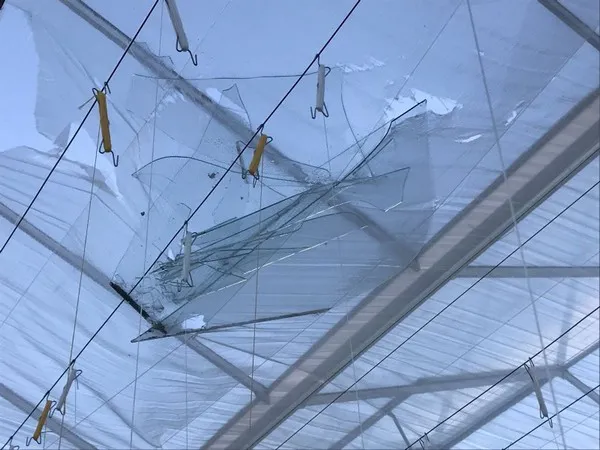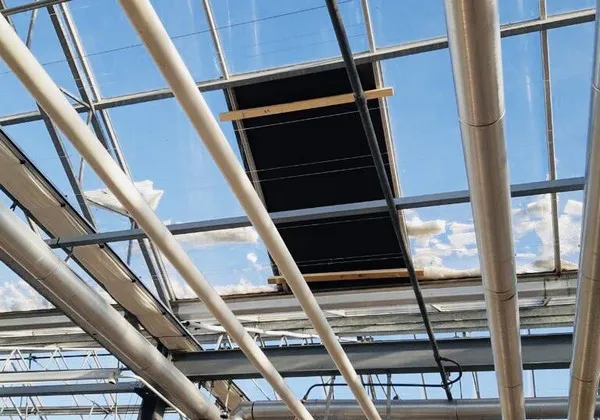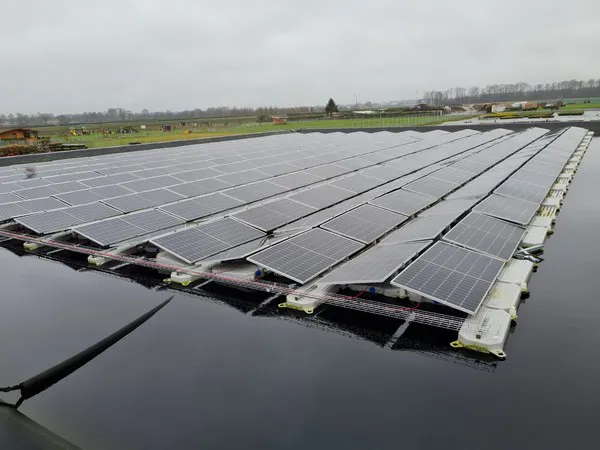Over the course of Monday, the exact damage to greenhouse horticulture following the recent high winds gradually became clear. Insurers received thousands of reports from Dutch and Flemish agriculture and horticulture. As far as we know, more than 700 damage reports have already been received from the greenhouse horticulture sector.
For instance, Interpolis received 1,600 reports from agricultural businesses up to Monday 18:00, including at least 375 from the greenhouse horticulture sector. Agriver received about 70 reports from all over the Netherlands, except for Limburg, according to a spokesman. From Belgium, KBC at VILT reported 1,250 cases of damage in Flemish agriculture and horticulture, including 250 greenhouse horticulture businesses.
Damage repairer Totaal-Service voor de Tuinbouw states that it has received approximately 350 requests to repair damage. The 700 damage reports probably do not include all damage by a long shot.
The damage reports mostly concern broken windows, varying from a few to hundreds or even, in a few cases, over a thousand, as well as damage to technology and crops. KBC also knows of cases of companies where 'whole corners' have been blown away.

Glass damage. Photo: Interpolis
Plastic
Damage to plastic tunnel greenhouses and rain covers has also been reported. A spokeswoman for the interest group Boerenbond announced on Monday that there had been reports of damage in Antwerp and West Flanders, but that no major incidents had yet been reported.
There is, however, talk of 'a lot of damage', noting that 'a lot of plastic greenhouses have been blown away'. Sometimes the plastic is torn and has to be replaced, or the plastic has started to flap, but there are also cases where the plastic has got stuck and has bent the metal construction as a result.
Fruit Security Holland, a supplier of harvest protection products for the fruit industry, has reported 'a few collapsed greenhouses' and also mentions 'a lot of broken tunnel film'. BioForum Vlaanderen shares photos of damage to organic growers with tunnel greenhouses.
What made it difficult to record the damage was the strong wind. This made it impossible to fly and therefore making overview pictures was difficult, Interpolis announced yesterday. Furthermore, the reports came from all over the country, Agriver stated. All available experts and the company's own people are visiting customers to assess the damage.
Coming days
Boerenbond is advising business owners to record damages well themselves, as much as is possible. This can help with claims to insurers. Agriver expects to be able to pay out the first reports soon, although this partly depends on the recovery possibilities.
The next few days are very important. The wind was still blowing hard on Monday. Moreover, in the event of damage, maintaining the climate can be difficult. Often, damage is temporarily repaired with emergency measures to be able to save (part of) the crop. "High wind speeds are not good for crops that are traditionally grown in greenhouses, such as tomatoes, peppers and cucumbers", notes the spokeswoman of the Boerenbond.
The interest group, therefore, hopes for the affected entrepreneurs that it will not be too cold in the coming days. They also stress the importance of food safety and occupational safety. No pieces of glass may remain in the crop.
Where possible, growers will try to repair the damage themselves in order to minimize the impact on the greenhouse climate. Temporary measures are also taken, sometimes with the help of damage repair firms.
Vader Jan Schenkeveld (72 jaar)help even een paar ruitjes snijden “laat mij dat maar doen zegt hij” Trots op onze vader pic.twitter.com/JWtK6Ju0vm
— Richard Schenkeveld (@rschenkeveld) February 21, 2022
Father Jan Schenkeveld (72 years old) helps cutting a few windows "let me do that, he says" Proud of our father pic.twitter.com/JWtK6Ju0vm
- Richard Schenkeveld (@rschenkeveld) February 21, 2022
 Damage repair by HS Horticultural Service. More photos on LinkedIn
Damage repair by HS Horticultural Service. More photos on LinkedIn
Damage repair was not necessary everywhere. These floating solar panels on a water basin, for example, remained in place even after three storms in a row, concludes Zon op Waterbassin on LinkedIn with satisfaction.

Also in Iceland, strong winds damaged greenhouses, a strawberry Bláskógabyggð, for example was badly damaged. The greenhouse of about 2,000 square meters and is home to about 18,200 strawberry plants. “There will be no berries until at least the next year,” said Hólmfríður Geirsdóttir, a horticultural farmer and owner of Strawberry Land in Bláskógabyggð. During the summer, her greenhouse produces 1000-1500 kg of strawberries a week. The damage done by the storm is yet hard to estimate, but it seems like the greenhouse will be out of work for at least one season. Read the complete article and watch the video at www.grapevine.is.
